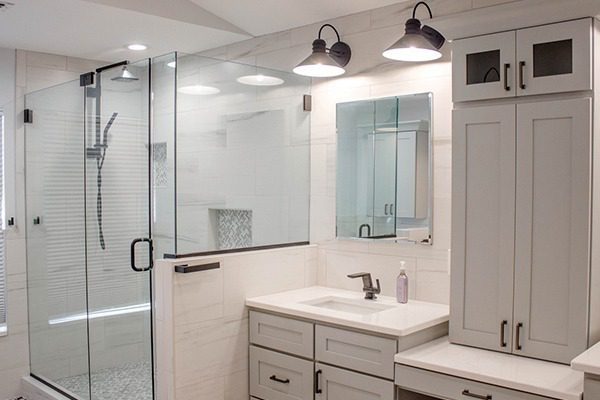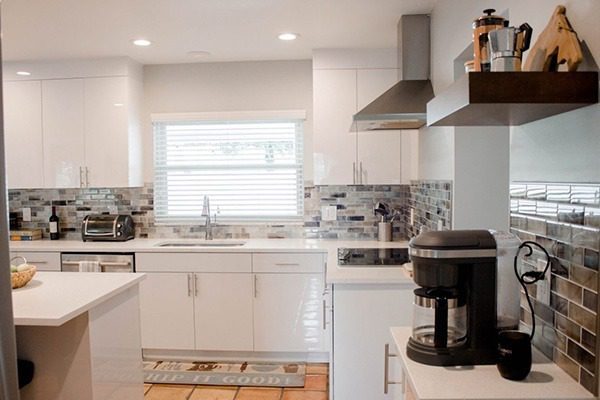Tampa kitchen remodeling can be a fun way to update your home and create the kitchen of your dreams no matter what that kitchen looked like when you purchased it. Kitchen renovations can be expensive and when you must make unscheduled or unexpected changes to the plan due to unforeseen negative circumstances, it can really put a damper on the project. One of negative circumstances is the presence of mold in your kitchen.
Kitchens are wet spaces. Tiles under the lower cabinets where the sink or dishwasher is located, and under the refrigerator can often be full of mold or mildew. These areas underneath appliances tend to be damp and dark which is what mold and mildew needs to grow and thrive.
So how can you tell if you have mold growing under your tiles before you start your Tampa kitchen remodeling?
Signs of Mold and Mildew Under Tiles
When your tiles have mold, they often adopt a muddy or cloudy appearance which can be an indicator of black mold specifically. Black mold is one of the most dangerous types of molds and could cause major health problems such as asthma attacks or allergic reactions.
You might also feel a sponginess or the flex of the tile when you walk on the flooring due to rotting floorboards and soft tile.
Grout or caulking that is cracked could also indicate mold due to moisture and there is no mistaking the sour, pungent smell of mold.
Your Tampa kitchen remodeling contractor should be able to assess your flooring and determine whether you could be at risk of having mold in your kitchen. When there is mold present it is best to tear out the flooring, remediate the mold, and then replace the tile. If no mold is present, homeowners can often save money on their Tampa kitchen remodeling by having the new tile lay right over the old.
If you need to speak to an expert about your kitchen remodeling project, contact The Bath & Kitchen Gallery at 813-454-0592.






